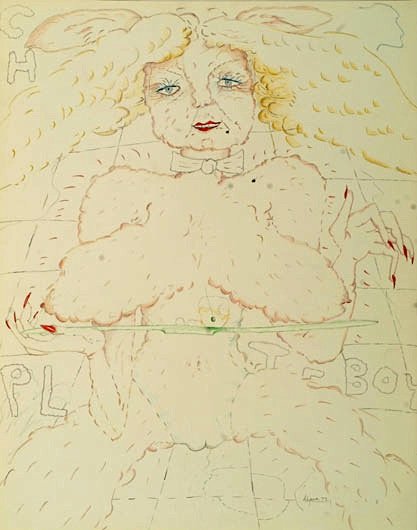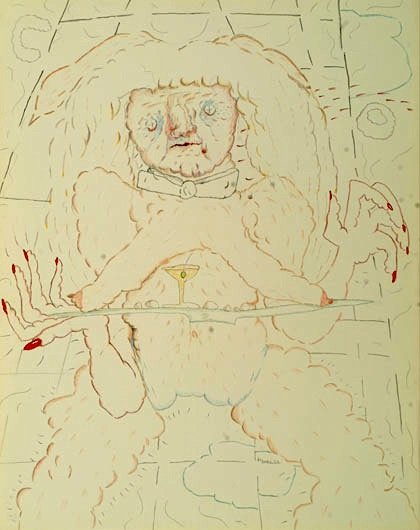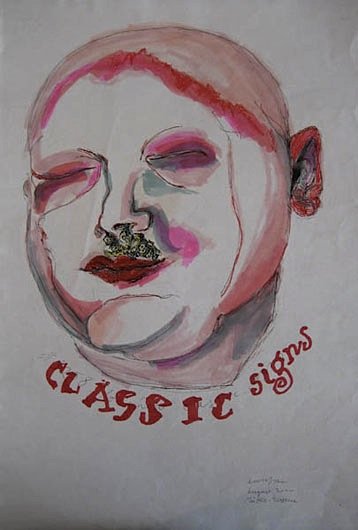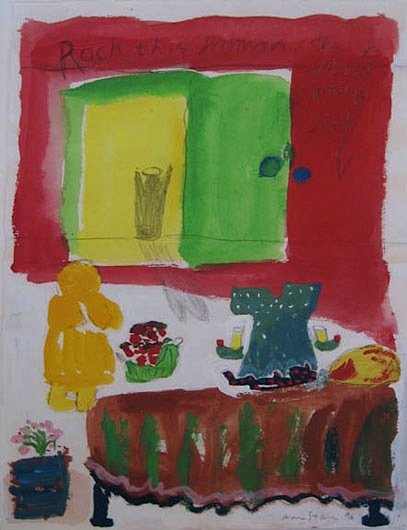Ann Starr and Linda Kramer Anatomically Correct Woman
April 8 - May 7, 2005
Main Gallery







Press Release
Ann Starr paints, draws and makes artist-books that deal with the ambiguities and wonders of the medicalized body. Her raw, sometimes disturbing drawings of anomalous bodies and her paintings of female internal organs refer to birth, growth, death and decay. But where some might find such topics exclusively grotesque, Starr discovers beauty and power in abject objects. Her fetal anomaly drawings, for instance, have the delicacy and personality of a classical portrait. Starr works with equal fluency in images and words, sometimes combining the two in unique artist’s books. These focus on mental illness, gender politics and fantasies on the way we create images out of language. Starr has shown at the Center for Book Arts in New York, and at the National Museum of Women in the Arts in Washington, D.C. Starr is an independent scholar specializing in fine art and the human body, and she often lecture about her own work and its intellectual sources. She lives and works in Ohio. This survey of recent work is the first in-depth exhibition of Starr’s work in Chicago.
Born in New York City in 1937, raised in California, Linda Kramer has been an important figure in Chicago’s art scene since the late ’60s, when her work was selected for the Art Institute’s Chicago and Vicinity Show. By the time of her 1999 retrospective at the Hyde Park Art Center, she had assembled a large and extremely varied oeuvre that included drawings, oils, watercolors, photo-collages, installations, assemblages and ceramics. In the mid ’60s, Kramer began work on a group of drawings and works on paper, many of them nudes and figures, that culminated in 1972 in an astonishing series she called “Chicago Plateboy.” These harsh satirical images function as her entries in the early phase of Chicago Imagism, and they have clear stylistic connections to Karl Wirsum and Jim Nutt. But where sexuality in their paintings tends towards exaggerated stereotypes, Kramer’s are directly feminist in nature – vicious critiques of bimbo or bachelor culture. This is the first time the “Chicago Plateboy” series and associated drawings have been exhibited.









